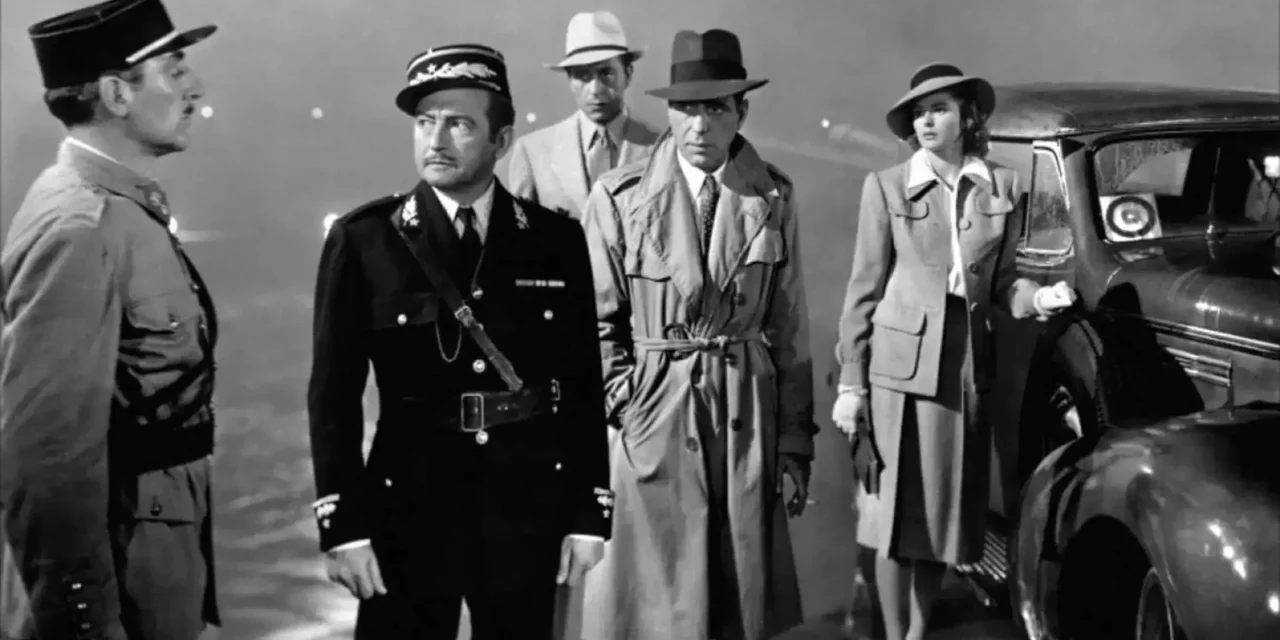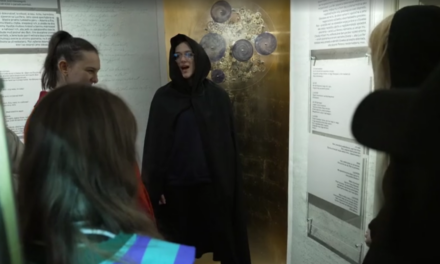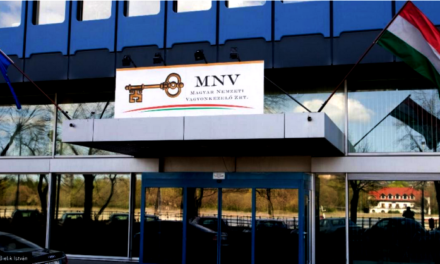A book entitled Mihály Kertész – A filmic life has been published about the legendary Hungarian-American creator of film history, the director of Casablanca.
Curated by the National Film Institute (NFI) and the Osiris publishing house, the biographical volume presents Kertész (Curtiz)'s work in Hungary and Hollywood as well as provides a glimpse into his private life.
- When we started to reorganize the institute two years ago, we set ourselves the goal of making Hungarian film art and artists known and recognized at home and abroad. The publication of the book also serves this purpose, the Kertész book is the first volume of the series Magyarok a világ filmfabrázda, said Ákos Pál , the general director of the NFI, at the presentation held in the Film Archive building on Wednesday.
The life of Oscar-winning Michael Curtiz, aka Mihály Kertész (1886-1962), Alan K. Rode , an American film historian, film curator, and film noir researcher; the first American version was published in 2017. The author elaborated on the director's little-known early years, his career in Hungary, which included around fifty films, and revealed how Kertész shaped the first period of European silent film before he emigrated to the United States in 1926.
- According to my calculations, Curtiz directed at least 180 films, and his figure has now become an object of Hollywood folklore. He created his own image, and while he was a sensitive artist, he fought to the death to realize his ideas , Rode said in his video message.
György Ráduly , the director of the National Film Institute - Film Archive, emphasized Gyöngyi Balogh in the birth of the book - he was the professional proofreader of Kertész's chapter on Hungary.
Janka Barkóczi , the film historian of the Filmarchivum, said that Kertész, who started his film career in 1912, is credited, among others, with A tolonc (1914), which is the only surviving film by Mari Jászai, and in the same year he made the first (silent) film adaptation of Bánk bán. The latter was lost, along with most of Kertész's Hungarian productions.
Torma Galina reported that some original camera negatives of film historical significance were recently found in the warehouse of the NFI - Film Archive directorate, and a film report from September 1918, believed to be lost until now, was reconstructed from them. Mihály Kertész himself appears in it for a few clips , he can be seen while directing.
Source: MTI/Origo
(Header image: Pannonia Entertainment)













